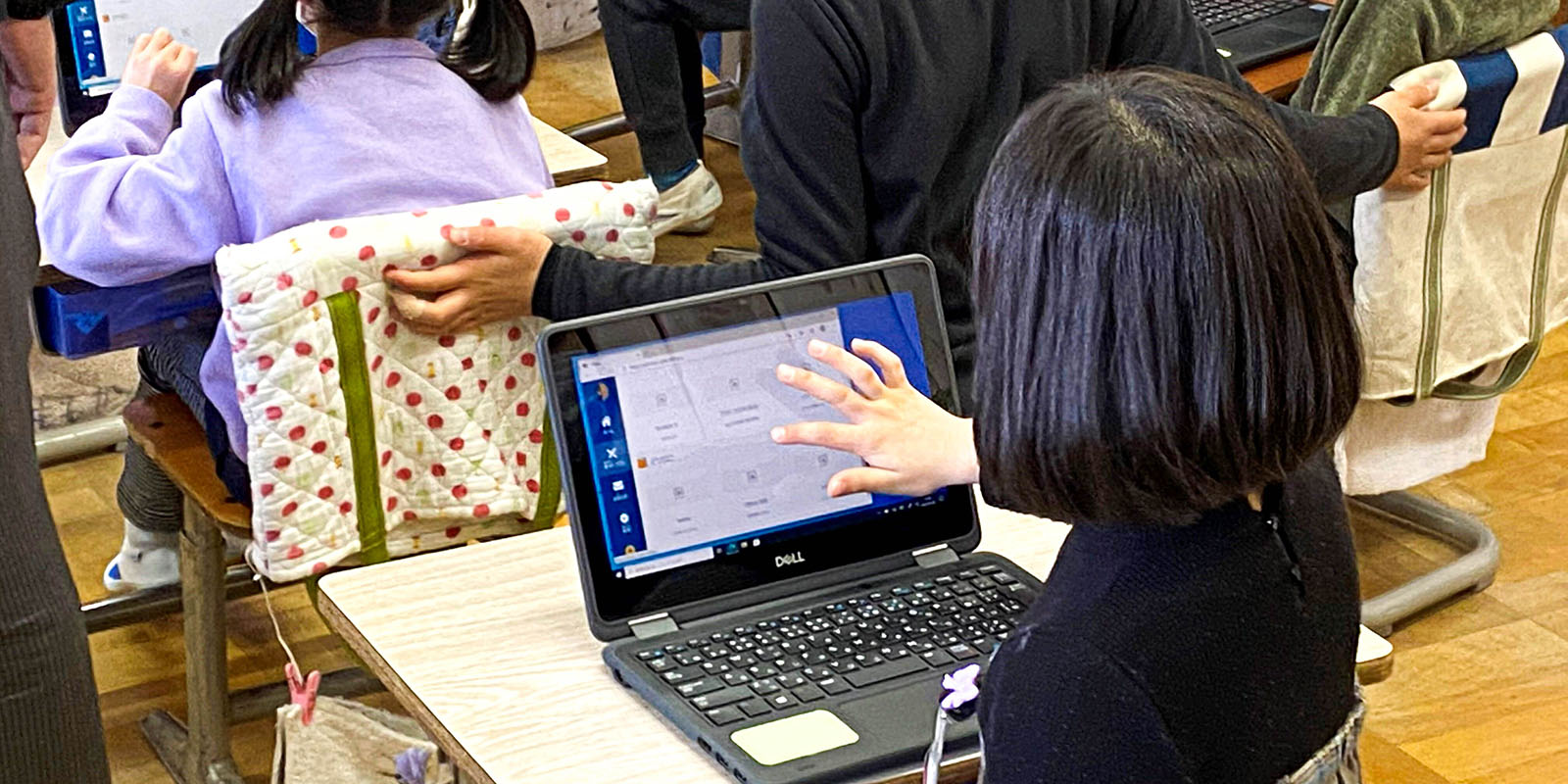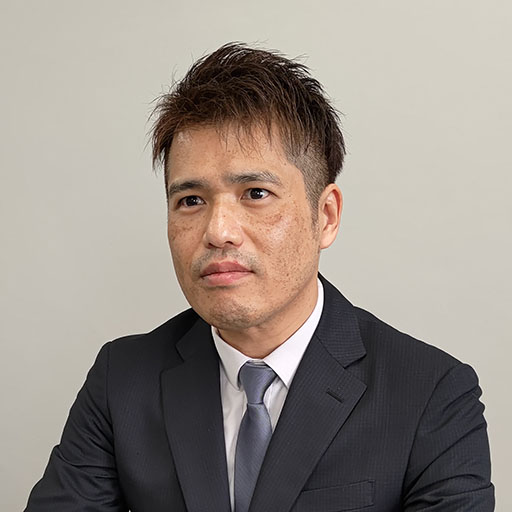Changing schools
Akihiro Arai and Tetsuhiro Arai from the Konosu City Board of Education on the need for a quantum leap in Japan’s classrooms.
Japan’s twentieth century ‘economic miracle’ was built on education. Within four decades, Japan’s education system went from the ruins of war to outperforming most in the world. High school attendance rose from 43% to almost 100%. University attendance went from 10 percent to almost half the population. These graduates went on to found some of Japan’s biggest companies and turbocharge its economy.
Many Japanese people are worried that high student performance might no longer translate into success in life
Yet despite being ranked as one of the best education systems in the world by the OECD’s Programme for International Student Assessment (PISA) benchmark, there’s a worry that Japan’s education system is falling behind in the 21st century. “Many Japanese people are worried that high student performance might no longer translate into success in business and in life,” wrote Andreas Schleicher, a special advisor on education policy at the OECD Directorate for Education and Skills, in a recent report looking at the future of Japanese education. “Where, they ask, are our Nobel Prize winners? Where are the people with the kinds of breakthrough ideas that could create a new Microsoft or Apple, or even a new Sony or Nikon, or give rise to whole new industries to harness Japan’s brilliance in robotics?”

One explanation is that, whilst Japan remains synonymous with technological progress for many around the world, its education system has focused more on traditional methods with very little tech found inside the classroom. In an attempt to combat this, at the end of 2019 the Japanese government launched its Global and Innovation Gateway for All (GIGA) program to try and spark a technology revolution in its classrooms. Over $2 billion was allocated with the aim of making sure every pupil had access to a tablet or a computer that was connected to a comprehensive teaching network. A few months after it was announced, the world was rocked by the global Covid-19 pandemic. But that didn’t hold back one local government body, the Konosu City Board of Education in Saitama prefecture, which has taken the idea and run with it.
 Tetsuhiro Arai
Tetsuhiro Arai
In 2020 the board announced that its entire Information and Communications Technology (ICT) infrastructure will be plugged into the cloud, and promised a computer for every student and teacher at Konosu city’s 27 schools. “ICT is now available at home, work, and in the city but still remains overwhelmingly rare at schools,” says Konosu City Board of Education member Tetsuhiro Arai. As Arai explains, most classrooms still rely on the old method of a teacher writing on a blackboard, with pupils copying lessons down. “The only thing that has changed in the look of a Japanese classroom since the Taisho era [which ended in 1926] is the clothes being worn,” he says. “Are we OK with things remaining as they were?”
The only thing that has changed in the look of a Japanese classroom since the Taisho era is the clothes being worn. Are we OK with things remaining as they were?
 Akihiro Arai
Akihiro Arai
This plan, which the board has dubbed “Like Pencils and Paper” and is being designed by educational infrastructure experts Uchida Yoko Co., Ltd, isn’t just about getting computers into the classroom, but also creating a secure network that allows pupils and children to share almost every facet of school life online, including teaching, homework and grades. The sensitive data will be handled by directly connecting the Science Information Network (SINET) with Microsoft’s Azure cloud computing system. “Our plan’s highlight is the fully cloud operational concept, allowing children to learn anytime, anywhere,” says fellow board member Akihiro Arai. “This is the first time Japan has seen such an endeavor from the Board of Education.”
Our plan’s highlight is the fully cloud operational concept, allowing children to learn anytime, anywhere
A pilot scheme began in five Konosu city schools at the start of 2021. It will take time for the ideas to percolate through Japan’s school system.
If it’s a success, it will likely be followed by other local education boards. But Konosu city has a head start. Perhaps the next Google, Netflix or Apple, will trace its birth back to here, rather than San Francisco.